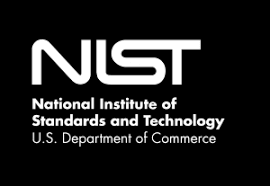CVE-2021-23886
Denial of Service vulnerability in McAfee Data Loss Prevention (DLP) Endpoint for Windows prior to 11.6.100 allows a local, low privileged, attacker to cause a BSoD through suspending a process, modifying the processes memory and restarting it. This is triggered by the hdlphook driver reading invalid memory. Devamını Oku

